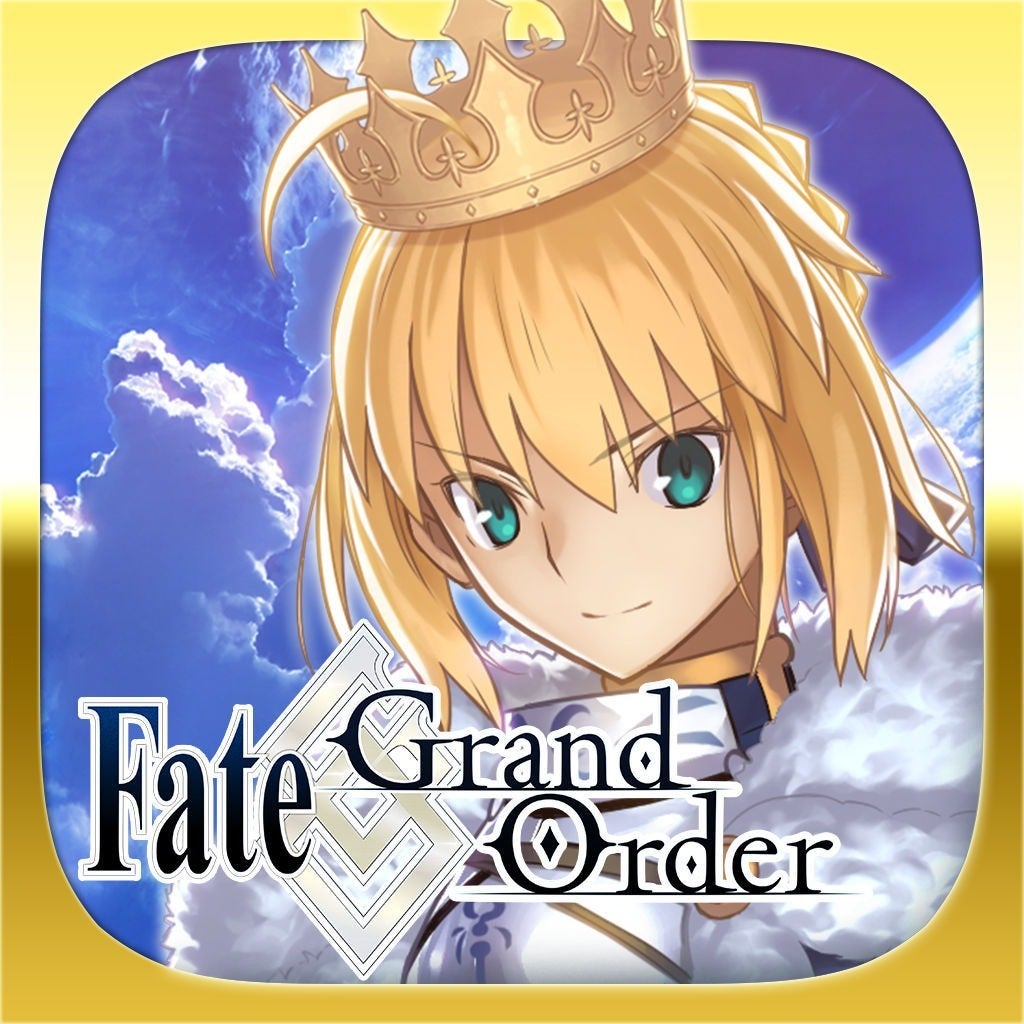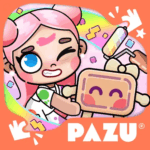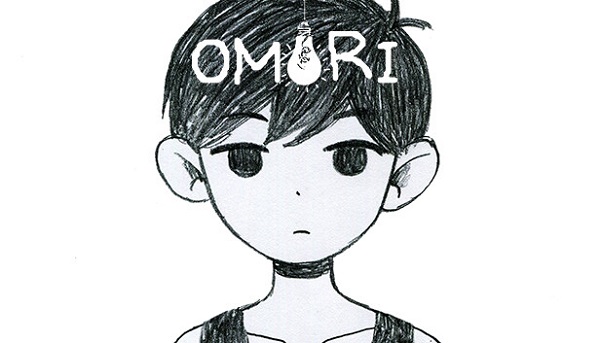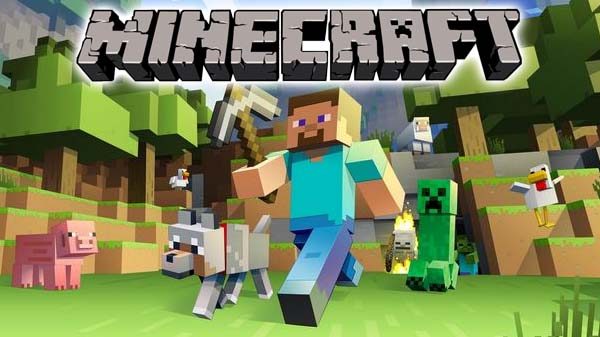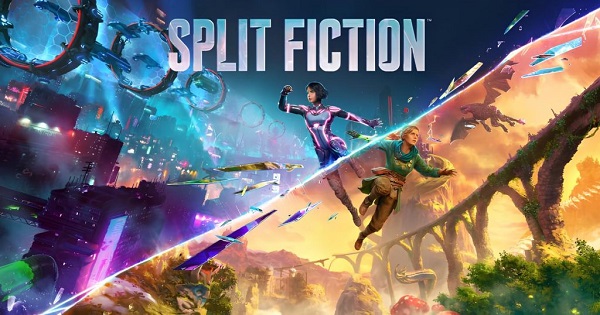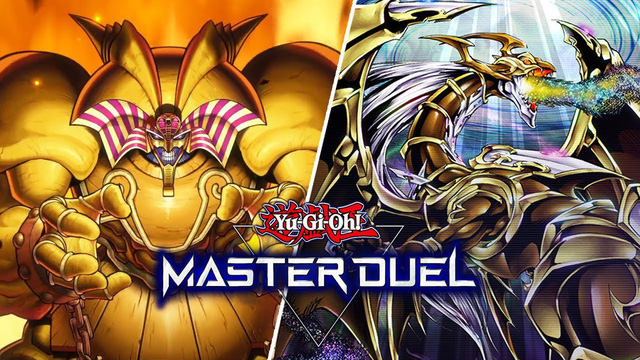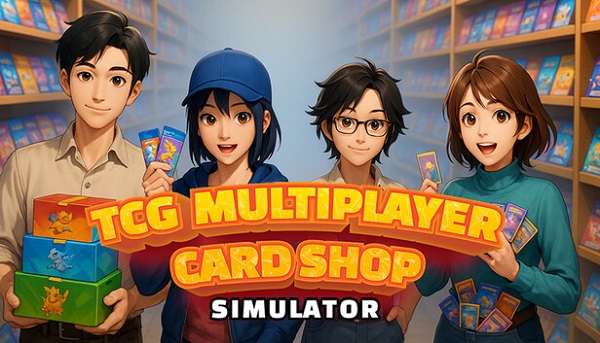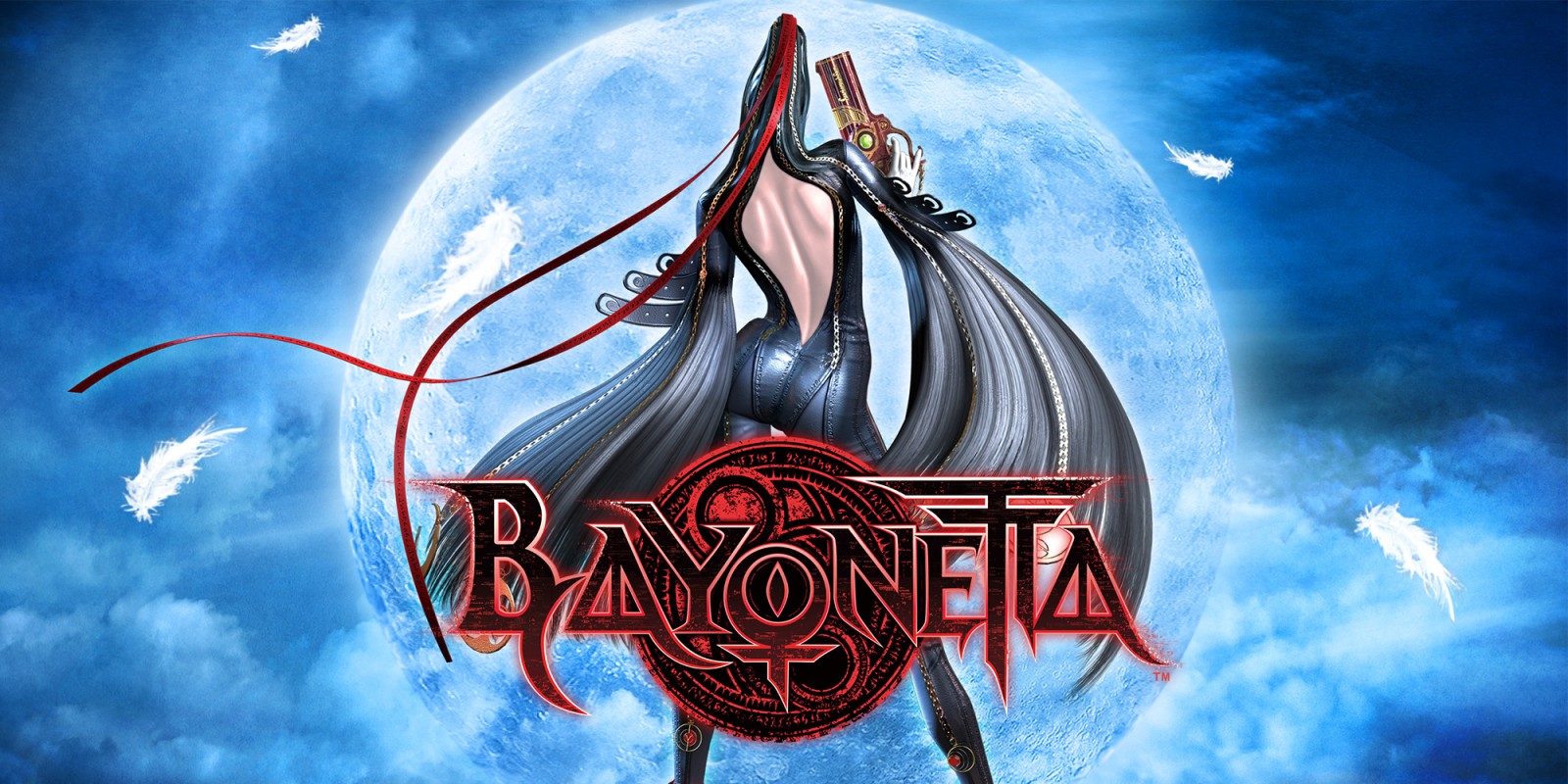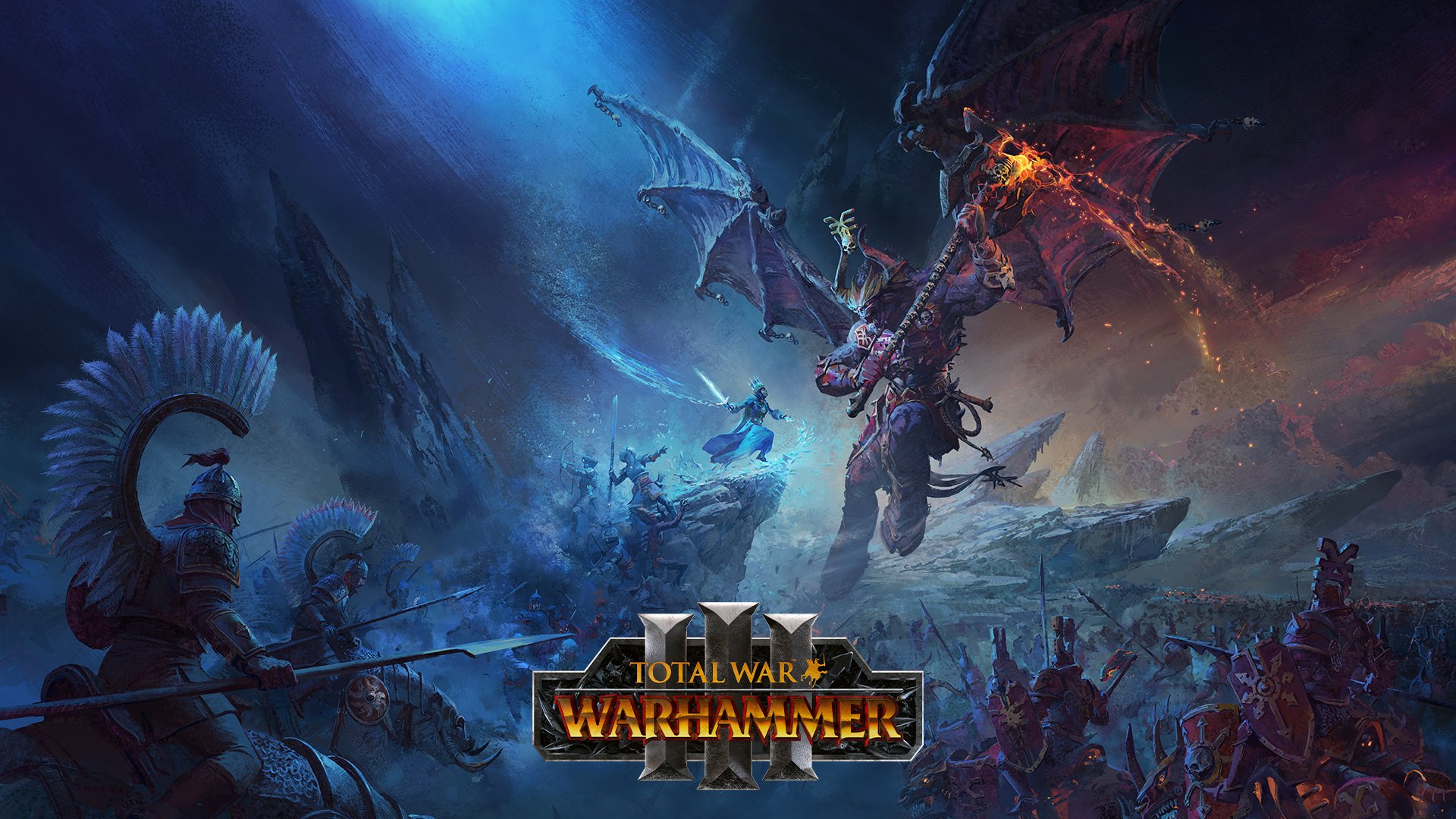Fate/Grand Order is one of the most iconic mobile RPGs of the last decade. Released by Delightworks and published by Aniplex, it has captivated millions of players with its intricate narrative, turn-based combat, and beloved characters from across the Fate franchise. Whether you're curious about its gameplay or looking for a comprehensive review, this guide will take you through everything you need to know, including how to play, game mechanics, character progression, and more.
The Origins of Fate/Grand Order
Originally released in Japan in 2015, Fate/Grand Order (often abbreviated as FGO) quickly became a cultural phenomenon. Drawing from the rich lore of the Fate universe, it expanded upon the visual novel Fate/stay night, integrating time-travel elements and mythical hero summoning.
Developed by Delightworks (later taken over by Lasengle) and published globally by Aniplex, FGO eventually launched worldwide in 2017. Since then, it has consistently topped app store charts and earned praise for its deep storytelling, character development, and consistent updates.
Gameplay Overview: How to Play Fate/Grand Order
Turn-Based Combat
FGO features a strategic turn-based battle system where players form a team of up to six Servants. Each turn, you choose three Command Cards from a pool of five. The card types — Buster, Arts, and Quick — determine the nature of attacks: damage, NP generation, or critical stars.
Card Types Explained:
-
Buster: High damage output.
-
Arts: Builds Noble Phantasm (NP) gauge.
-
Quick: Generates critical stars for future turns.
Team Composition
Teams usually consist of three active Servants and three substitutes. Crafting a strong formation involves understanding class advantages (e.g., Saber beats Lancer, Lancer beats Archer), skill synergies, and NP timing. This strategy-heavy approach defines how to play Fate/Grand Order effectively.
The Gacha System: Summoning Servants
FGO is infamous for its gacha mechanics. Players summon Servants and Craft Essences using Saint Quartz or Summon Tickets. The odds of pulling a 5-star Servant are around 1%, making it one of the more difficult gacha systems.
Despite the low rates, the game offers many opportunities to earn free Saint Quartz through story progression, events, and login bonuses. For players who enjoy the thrill of collecting rare characters, the gacha system is a central part of the FGO experience.
Character Progression and Skill Development
Each Servant has a level cap that can be raised through Ascension, which requires specific materials. Additionally, each Servant has three skills that can be leveled using QP and enhancement items. The progression system is extensive and often time-consuming.
Leveling Essentials:
-
Fous: Used to boost base stats.
-
Grails: Allow Servants to exceed level caps.
-
Append Skills: Additional passive abilities unlocked later in the game.
Mastering this progression system is crucial for competing in high-difficulty quests and events.
Story and Narrative Depth
One of the standout elements in any Fate/Grand Order review is the game's robust storytelling. The narrative is divided into singularities and Lostbelts, each with its own plot, characters, and tone. The writing team, which includes Type-Moon veterans like Kinoko Nasu, has crafted an epic tale across time and space.
From ancient Rome to futuristic space civilizations, FGO’s story arcs are immersive and emotionally rich, often compared to full-length anime series. This storytelling quality keeps fans invested even when gameplay becomes grindy.
Event Cycles and Limited-Time Content
FGO runs frequent seasonal and thematic events offering rare items, exclusive Servants, and new storylines. Events typically involve farming stages to earn event currency and unlock rewards.
Types of Events:
-
Welfare Events: Provide free 4-star Servants.
-
Lottery Events: Excellent for farming enhancement materials.
-
Raid Events: Time-limited battles with server-wide progress.
Mastering event participation is essential for resource acquisition and team strengthening. Knowing how to play during these windows can significantly boost your roster.
Understanding Classes and Combat Effectiveness
FGO uses a class triangle system with strengths and weaknesses. Knowing the matchups is crucial to success. For example, Saber is strong against Lancer, who is strong against Archer, and so on.
Class List:
-
Saber
-
Archer
-
Lancer
-
Rider
-
Assassin
-
Caster
-
Berserker
-
Extra Classes: Ruler, Avenger, Alter Ego, Moon Cancer, Foreigner
Understanding these classes and building counter-teams is a large part of the learning curve in how to play Fate/Grand Order effectively, especially in late-game content.
Graphics, Audio, and Production Quality
Despite its age, Fate/Grand Order still shines in terms of 2D art and character design. Each Servant has beautifully illustrated ascension art, and battle sprites are animated with flair.
The voice acting is top-tier, featuring iconic Japanese voice actors like Ayako Kawasumi, Rie Takahashi, and Tomokazu Sugita. The soundtrack, composed by Keita Haga and others, adds a cinematic layer to the gameplay experience.
Tips for New Players: How to Play Smarter, Not Harder
Start with a Reroll
New players are encouraged to reroll their accounts until they summon a powerful 5-star Servant. Units like Heracles, Mash, and Arash are highly recommended for early-game ease.
Focus on Farming Nodes
Learning to efficiently farm materials, QP, and EXP cards is key to progress. Events often provide the best farming opportunities, so check guides frequently.
New Player Checklist:
-
Finish tutorial and reroll until satisfied.
-
Focus on a core team of 3–4 Servants.
-
Participate in every event for rewards.
-
Level skills evenly — don’t neglect them!
Conclusion
Fate/Grand Order is not just another mobile game — it’s a deep, story-rich RPG that rewards dedication and strategic planning. While its grindy mechanics and gacha system may deter some, the game more than makes up for it with a world that’s both vast and emotionally resonant. Knowing how to play correctly, managing resources, and engaging with the community can turn this complex game into an unforgettable experience. This review showcases both its flaws and its brilliance, making it a must-try for fans of anime, RPGs, and the Fate series alike.






